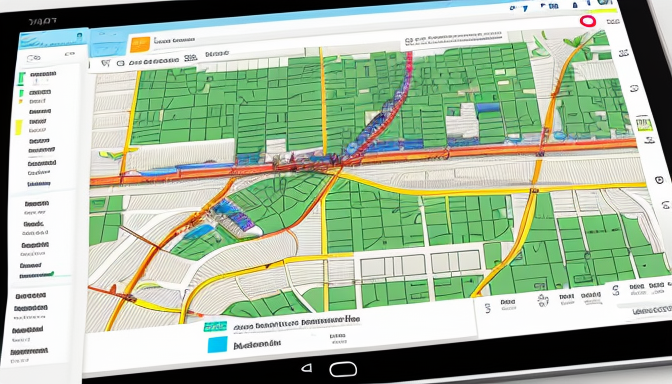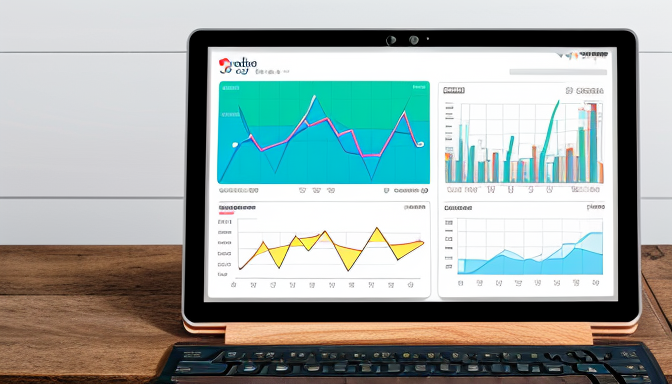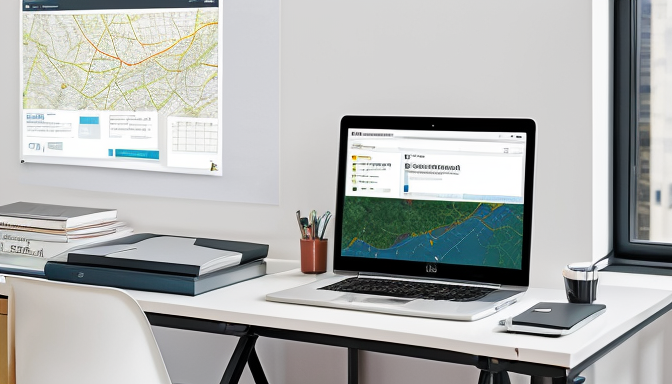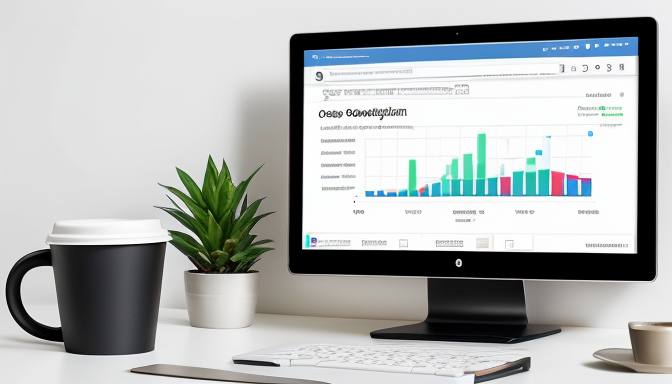
In today’s digital world, visibility is everything. If you’re a business owner, you know the importance of being seen by your local customers. That’s where the concept of linking maps to the local pack comes into play. But what does this really mean for you? It means enhancing your online presence so that when someone searches for services you offer, your business pops up right where it needs to be—in the local pack.
Linking maps to the local pack is not just about having a pin on Google Maps. It’s about strategically positioning your business in a way that attracts customers and drives foot traffic. Think of it like setting up a neon sign on a busy street. You want to catch their eye and make it easy for them to find you. When your business appears in the local pack, it’s prominently displayed, making it more likely for potential customers to click on your listing.
So, how do you effectively link maps to the local pack? First, ensure that your business information is accurate and up-to-date. This includes your name, address, phone number, and website. Inconsistent information can confuse both search engines and customers. You don’t want to send them on a wild goose chase trying to find you!
Moreover, consider the importance of reviews. Positive customer feedback can significantly impact your ranking in local searches. Encourage satisfied customers to leave reviews. Responding to these reviews also shows potential customers that you care about their opinions. It’s like having a friendly chat with your neighbors; it builds trust.
Additionally, don’t underestimate the power of local SEO. Optimize your website with local keywords that match what your customers are searching for. This could include terms like “best coffee shop in [your city]” or “affordable plumbing services near me.” The more relevant your content is to local searches, the better your chances of appearing in the local pack.
Linking maps to the local pack is a multifaceted approach. It’s not just about one thing but a combination of strategies that work together. It’s like cooking a delicious meal; you need the right ingredients in the right amounts. Here’s a quick summary of what you need to focus on:
- Accurate Business Information: Keep your details consistent across all platforms.
- Customer Reviews: Encourage and respond to customer feedback.
- Local SEO: Use relevant keywords to improve your search visibility.
In conclusion, linking maps to the local pack is crucial for your business’s success. By enhancing your visibility and ensuring your information is accurate, you can attract more customers and improve your local search rankings. Remember, it’s all about making it easy for people to find you. So, get started today and watch your business thrive!
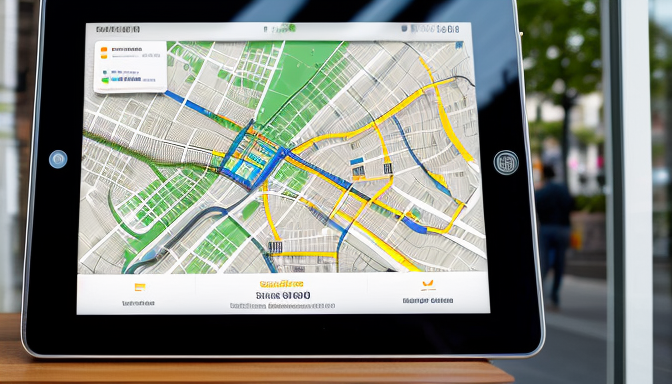
Optimize Maps to Local Pack Success
When it comes to enhancing your business visibility, optimizing maps to local pack success is crucial. Think about it: when potential customers search for services nearby, they often rely on maps. By ensuring your business appears prominently on these maps, you can attract more foot traffic and online inquiries. So, how do you achieve this?
First, make sure your business information is accurate and consistent across all platforms. This includes your name, address, and phone number (NAP). If your details are scattered or incorrect, search engines may struggle to trust your business. And trust is key in the digital world. A simple mistake, like a wrong phone number, can lead to lost customers. Imagine someone trying to call you, only to reach a different business!
Next, leverage local keywords. Integrating these keywords into your business description and posts can significantly boost your chances of appearing in the local pack. For instance, if you run a pizza place in Chicago, phrases like “best pizza in Chicago” or “Chicago pizza delivery” can work wonders. It’s like speaking the same language as your customers. They search for what they want, and you deliver it right back to them.
Another essential aspect is to encourage customer reviews. Positive feedback not only builds credibility but also signals to search engines that your business is worth featuring. When potential customers see glowing reviews, they’re more likely to visit your establishment. Consider this: a business with ten 5-star reviews is more appealing than one with no reviews at all. Reviews are like the digital word-of-mouth that can make or break your local presence.
Moreover, utilize Google My Business (GMB) effectively. This tool is your best friend when it comes to optimizing maps to local pack success. Fill out every section completely. Add photos, update your hours, and even post updates about special offers. The more engaging your GMB profile, the better your chances of standing out. It’s like setting up a beautiful storefront that draws people in.
Lastly, consider the power of local backlinks. Gaining links from local websites can boost your authority and visibility. Think of it as getting a recommendation from a trusted friend. When other reputable sites link to yours, it tells search engines that you’re a reliable source. This can push you closer to the coveted local pack.
In summary, optimizing maps to local pack success requires a blend of accurate information, strategic keyword use, customer engagement, and effective tools like GMB. By focusing on these elements, you can significantly enhance your local visibility and attract more customers. Remember, in the world of local search, every detail counts!
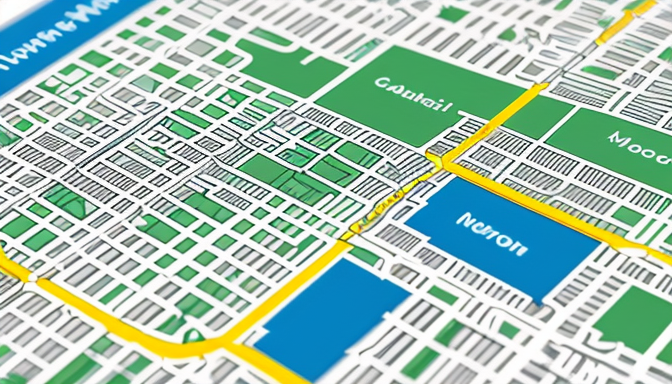
Meet Maps to Local Pack Standards
When it comes to enhancing your business’s visibility, meeting maps to local pack standards is crucial. Why? Because these standards help you get noticed by potential customers who are searching for services or products in their area. Think of it as setting the stage for a performance. If everything is in place, you’re more likely to grab the audience’s attention.
To start, you need to ensure that your business information is consistent across all platforms. This means your name, address, and phone number (NAP) should match exactly on your website, Google My Business (GMB), and other directories. Inconsistent information can confuse search engines and customers alike. Imagine going to a restaurant only to find out it’s not the one you were looking for because of a simple typo!
Next, consider the importance of categories. Google allows you to choose primary and secondary categories for your business. Selecting the right categories helps Google understand what your business is all about. For example, if you run a pizza shop, you might choose “Pizza Restaurant” as your primary category and “Italian Restaurant” as a secondary one. This way, when someone searches for pizza in your area, your business has a better chance of popping up in the local pack.
Another key factor is reviews. Positive reviews not only improve your reputation but also influence your local pack rankings. Encourage satisfied customers to leave reviews on your GMB page. Responding to these reviews, whether they are good or bad, shows that you care about your customers. It’s like having a conversation with them, making them feel valued. Remember, people trust other people’s opinions more than advertisements!
Don’t overlook the importance of high-quality images. Adding appealing photos of your business, products, or services can significantly enhance your listing. Visuals grab attention and can make your business stand out. A picture is worth a thousand words, right? So, make sure your images reflect the quality and atmosphere of your business.
Lastly, let’s not forget about local backlinks. Building connections with other local businesses and getting links from their websites can boost your credibility. It’s like getting a recommendation from a friend. The more reputable businesses that link to you, the better your chances of meeting those maps to local pack standards.
In summary, meeting the standards for maps to local pack visibility requires consistency, the right categories, active engagement with reviews, quality images, and local backlinks. By focusing on these aspects, you can significantly enhance your chances of being featured prominently in local search results. Remember, it’s all about making it easy for customers to find you!
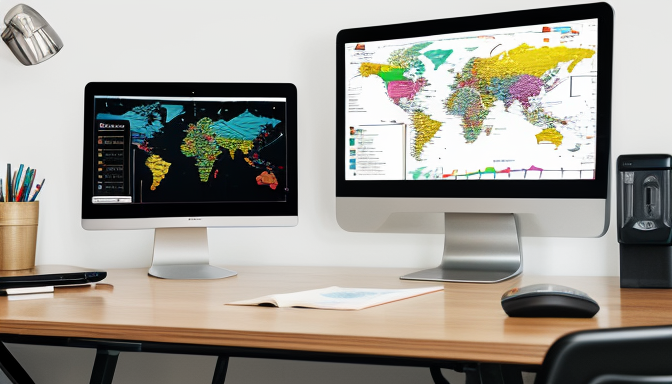
Track Maps to Local Pack Rankings
When it comes to boosting your business visibility, tracking maps to local pack rankings is essential. Why? Because understanding how your maps perform can make a huge difference in attracting customers. Think of it like checking the score in a game. You wouldn’t want to wait until the end to find out how you’re doing, right?
First off, you need to know what tools are available for tracking. There are several options out there that can help you monitor your local pack rankings effectively. Some popular tools include:
- Google My Business: This is your best friend. It gives you insights into how your business appears in local searches.
- BrightLocal: A fantastic tool for tracking local search rankings and performance metrics.
- SEMrush: While it’s more general, it offers local tracking features that can be quite useful.
Using these tools, you can see where you stand and identify areas for improvement. Remember, the goal is to be in the top three of the local pack. That’s prime real estate! If you’re not there, it’s time to rethink your strategy.
Now, let’s talk about what to track. Here are a few key metrics to keep an eye on:
- Keyword Rankings: Which keywords are bringing in traffic? Focus on local keywords that relate to your business.
- Click-Through Rates (CTR): Are people clicking on your listing? A low CTR might mean your title or description needs tweaking.
- Customer Actions: How many calls, visits, or website clicks are you getting? This tells you if your listing is effective.
Tracking these metrics helps you make informed decisions. If you notice a drop in rankings, it’s a signal to dig deeper. Look at your competitors. What are they doing that you’re not? Sometimes, it’s as simple as updating your business information or adding more engaging photos.
Another aspect of tracking maps to local pack rankings is understanding seasonal trends. For example, if you run a landscaping business, you might see spikes in interest during spring. By analyzing these trends, you can adjust your marketing efforts accordingly. It’s all about being proactive.
In conclusion, tracking maps to local pack rankings is not just about numbers. It’s about understanding your audience, adapting to changes, and continuously improving your visibility. By keeping a close eye on your performance, you’re not just playing the game; you’re aiming for the win. So, get started today and watch your business climb the local search ranks!
Frequently Asked Questions
- What is a local pack and why is it important?
The local pack is a prominent section in Google search results that displays a list of local businesses related to a user’s query. It’s crucial because it can significantly increase your business visibility and attract more customers, essentially putting you on the digital map where potential clients are looking.
- How can I optimize my maps for local pack success?
To optimize your maps for local pack success, ensure that your business information is accurate and consistent across all platforms. Utilize local keywords in your descriptions, encourage customer reviews, and regularly update your Google My Business profile to keep your information fresh and engaging.
- What are the key standards for maps to be featured in the local pack?
Key standards include having a verified Google My Business listing, ensuring that your business name, address, and phone number (NAP) are consistent, and optimizing your website for local SEO. Additionally, having quality backlinks and positive customer reviews can enhance your chances of appearing in the local pack.
- How can I track my maps’ performance in local pack rankings?
You can track your maps’ performance using tools like Google Analytics and Google My Business Insights. These platforms provide valuable data on how users interact with your listing, including clicks, calls, and requests for directions, allowing you to make informed decisions to improve your local SEO strategy.
- What should I do if my business isn’t appearing in the local pack?
If your business isn’t appearing in the local pack, start by reviewing your Google My Business listing for completeness and accuracy. Ensure you’re following best practices for local SEO, such as optimizing your website and gathering customer reviews. Sometimes, it may take time to see changes, so be patient and persistent!

